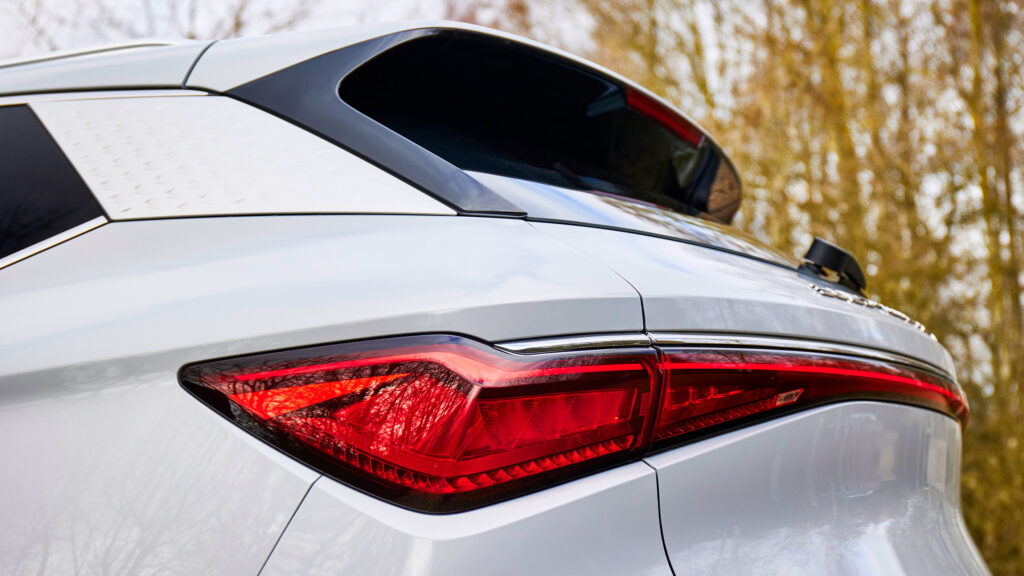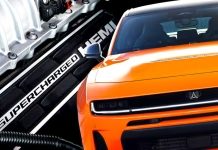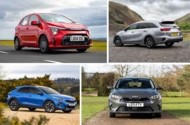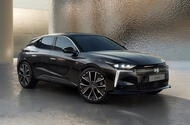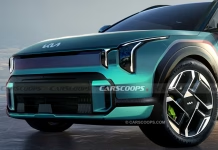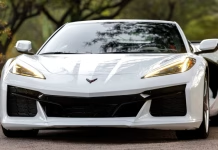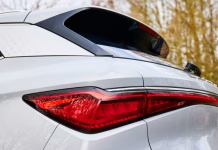UK Plans Mandatory Eye Tests for Elderly Drivers in Major Road Safety Overhaul
 Stricter enforcement on eyesight is being primed as part of wide-reaching reform on road safety rules
Stricter enforcement on eyesight is being primed as part of wide-reaching reform on road safety rules
The UK government is poised to introduce mandatory eye tests for drivers aged above 70 as part of the first official road safety strategy in more than a decade.
Under a proposal reported by the BBC and several national newspapers, over-70s would be required to undertake an eye test when they renew their licence every three years.
Currently they are allowed to self-report the quality of their eyesight when renewing their licences.
The government is also considering reducing drink-driving limits across the UK to the level permitted in Scotland – from 35µg per 100ml of breath to 22µg – and allowing roadside drug swabs to be used as evidence to prosecute drivers caught under the influence.
Drivers could also face penalty points on their licences if caught carrying a passenger who is not wearing a seatbelt.
However, it has ruled out the controversial ‘graduated licence’, which would place curfews and other limits on the freedoms of new and young drivers, the BBC reported.
The proposals remain part of a consultation, it added, with justice minister Alex Davies-Jones telling BBC Breakfast that the government “will keep everything under review”.
Should they pass the consultation stage, it would mark the biggest change to the UK’s road safety laws “for decades”, Davies-Jones added.
An unnamed government source cited by the BBC and The Guardian said the new strategy is aimed at “protecting road users” and “restoring order to our roads”.
The changes no doubt come as a response to the plateau in annual numbers of serious injuries and deaths on the road in recent years.
According to provisional figures recently published by the government, 29,537 people were seriously injured or killed in road collisions in the UK last year – “little change” compared with 2023. Fatalities were up by 1% to 1633.
Compared with figures from 2014, incidences of serious injury or death were down 14%, while fatalities fell 8%.
Dodge Teases V8 Comeback for Charger as Muscle Car Wars Heat Up
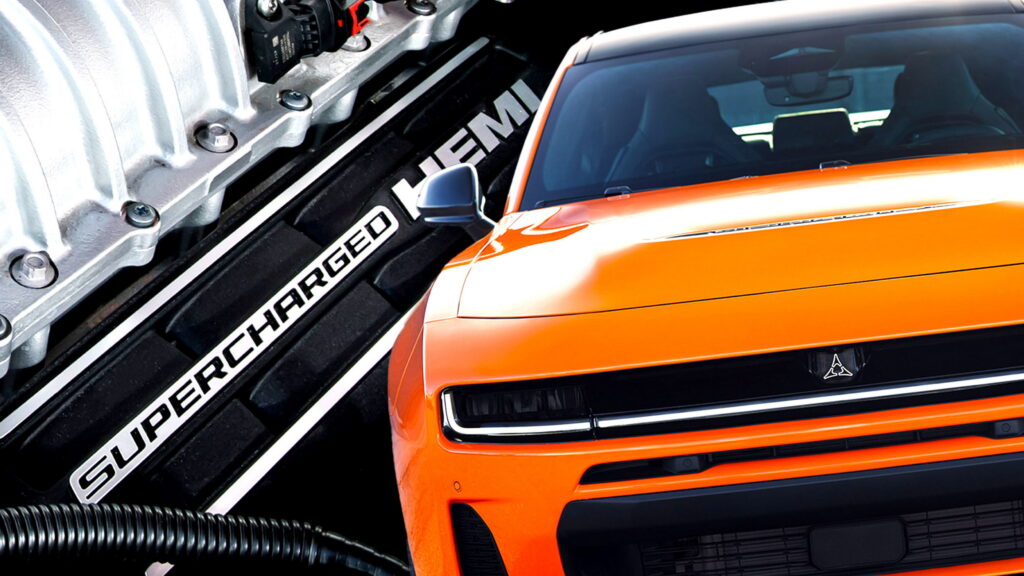
Kia Revamps Hatchback Lineup by Axing Ceed Models and Boosting Xceed Power Ahead of...
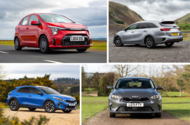 Korean brand refreshes its hatchback line-up in preparation for arrival of EV4, EV2 and combustion-engined K4
Korean brand refreshes its hatchback line-up in preparation for arrival of EV4, EV2 and combustion-engined K4
Kia has slimmed down its Picanto line-up, added a new range-topping Xceed model and ended production of the Ceed and Ceed SW as part of a major line-up reshuffle.
The Picanto – the Korean brand’s second best seller, behind the Sportage – is now sold exclusively with a 67bhp 1.0-litre petrol triple, Kia having ditched the 62bhp 1.0-litre triple and a 76bhp 1.2-litre four.
The Xceed has gained a 177bhp 1.6-litre petrol four in top-rung guise, while the base model’s 158bhp 1.5-litre petrol four has been replaced by a 113bhp hybridised 1.0-litre triple.
Both cars are offered with manual or automatic gearboxes (excluding the Xceed’s new 1.6-litre petrol).
Meanwhile, their trims have been renamed, with Pure, GT-Line and GT-Line S replacing 2 and 3.
Prices start at £16,695 and £25,165 and top out at £20,245 and £33,125 respectively.
The Ceed and Ceed SW have been axed entirely. Both were built at Kia's Zilina plant in Slovakia and, along with the Proceed, of which production ended in December, they will not be directly replaced, a Kia spokesperson said.
Autocar understands the new K4 will fill the void of all three cars when it arrives in Europe later this year, although this is yet to be officially confirmed.
Kia’s new combustion-engined Volkswagen Golf rival, built in Mexico and sold in North America in both hatchback and estate forms, was spotted testing in Europe earlier this year.
The spokesperson confirmed to Autocar that the culling of the three models makes way on the Zilina production line for the incoming EV4, Kia’s first foray into the electric C-segment. Deliveries are scheduled to begin imminently.
It also frees up space for the incoming EV2, Kia's new entry-level EV, which will be manufactured at the plant from early 2026.
This was previewed by a concept earlier this year and will be twinned with a Hyundai model – expected to be named Ioniq 2 – that is expected to be revealed at the Munich motor show.
The Ceed (originally badged Cee’d) arrived in 2006, followed quickly by the Ceed SW estate and three-door Proceed (reinvented in 2019 as a shooting brake). The raised, crossover-esque Xceed arrived in 2019.
During its lifetime, the Ceed has been one of the Korean brand’s best sellers, especially in Europe, where it averaged some 80,000 sales a year.
New DS No4 Electric Hatchback Arrives This October With Sleek Redesign and 278 Mile...
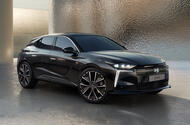 Hatchback continues brand's new naming scheme and design refresh that began with last year's No8 flagship SUV
Hatchback continues brand's new naming scheme and design refresh that began with last year's No8 flagship SUV
The heavily facelifted DS No4 will arrive in October, with prices starting at just under £37,000 for its first ever electric variant.
As part of the major update unveiled in May, the C-Segment hatchback receives a fresh look and a new name.
EV buyers are offered with a single powertrain option, which combines a 58.3kWh (net) battery for 278 miles of range with a single electric motor that sends 210hp and 253lb ft of torque to the front wheels.
This is the same powertrain as the similarly sized Peugeot e-408 and recently facelifted Citroën ë-C4, meaning the new DS can be rapid-charged at rates of up to 120kW, allowing for a 62-mile top-up in 11 minutes.
For £36,995, buyers get the base-level Pallas trim which includes dual-zone climate control, adaptive cruise control and a bigger 10.25in instrument cluster than before.
Pallas+ trim – which adds a heat pump and keyless entry – moves the price up to £39,160, with the range topping out at Etoile – Alcantara dashboard, 360deg camera – at £41,860.
The No4 is also still offered with a 146bhp mild-hybrid and 222bhp plug-in hybrid powertrain. The latter set-up offers up to 50 miles of engine-off range (via a 14.6kWh pack), 30% more than the car it replaces.
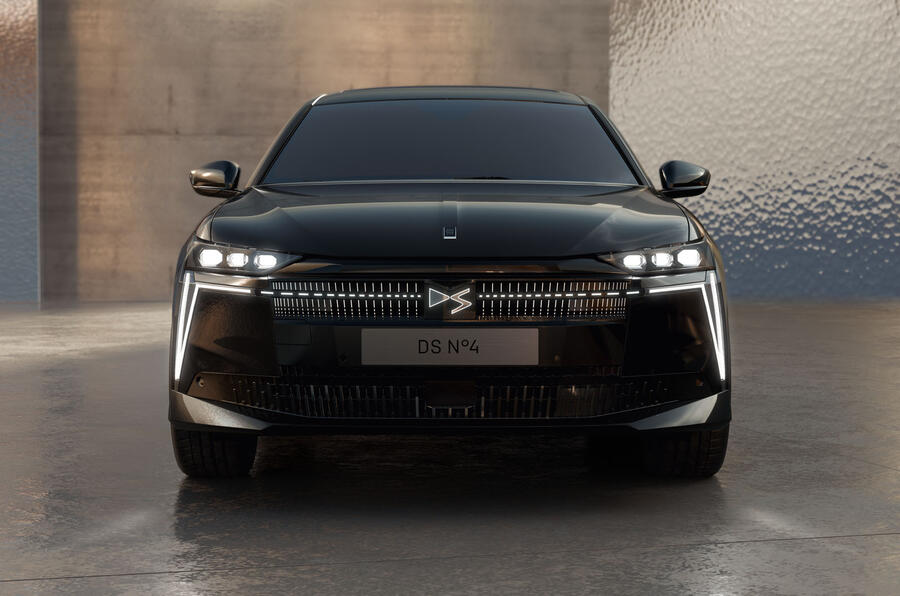
Pricing starts in Pallas+ trim at £32,200 for the hybrid (the cheapest variant sold) and £39,00 for the PHEV. The range tops out at £37,400 and £44,200 respectively in Etoile Nappa – this trim is not available with an electric powertrain and adds, as the name suggests, a Criollo Brown Nappa leather interior.
The C-segment hatchback has been the French brand’s best-seller in the UK since its 2021 launch, albeit with just 2300 sales.
While it has done much better in Europe, amassing 10,405 sales in 2024, DS is struggling, with overall deliveries dipping 22.4% last year.
It was recently suggested that parent company Stellantis was ready to offload DS last year, but instead it has publicly backed the brand.
In a bid to rejuvenate itself, DS has brought to market a new flagship SUV in the No8 and given its best-seller a wide-reaching update.
This starts with a new name, No4, which follows last year’s new SUV and is part of an effort to move DS back into the premium sphere.
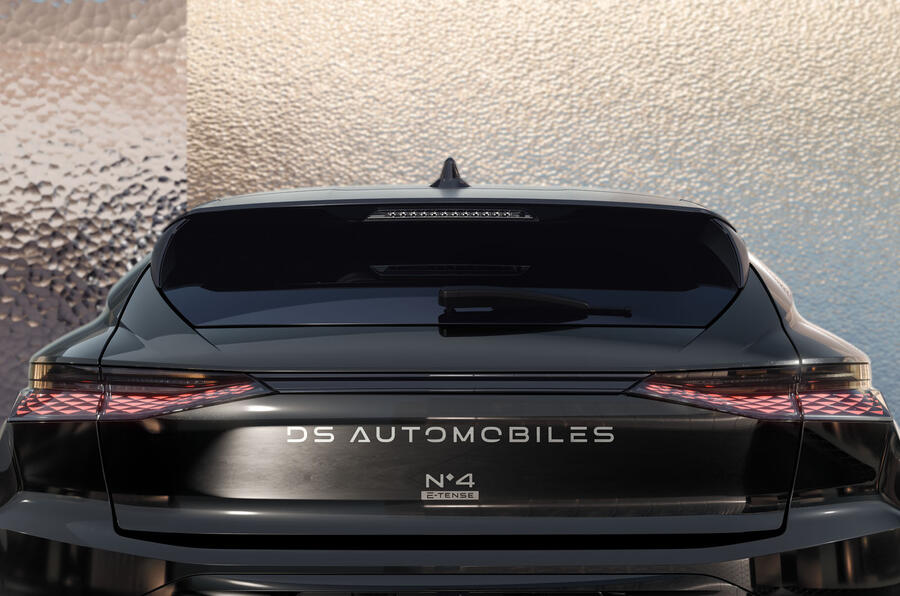
Yet, it will be the addition of an electric variant that should give the model added appeal – especially in the UK, where manufacturers are pressed to sell an increased number of EVs.
DS has transformed the design of the new No4, bringing it inline with the stylings of the new No8. This is focused on the nose, which now features a new wider and redesigned grille, as well as the same V-shaped light signature as the SUV.
The bonnet has also been extended by 12mm. At the rear, new LED lights feature.
In keeping with its push to remain a premium option, 19in alloys are fitted as standard, with 20s offered at a cost.
Inside, the cabin has been subtly revised, with the main change the fitment of a new 10.25in instrument cluster.
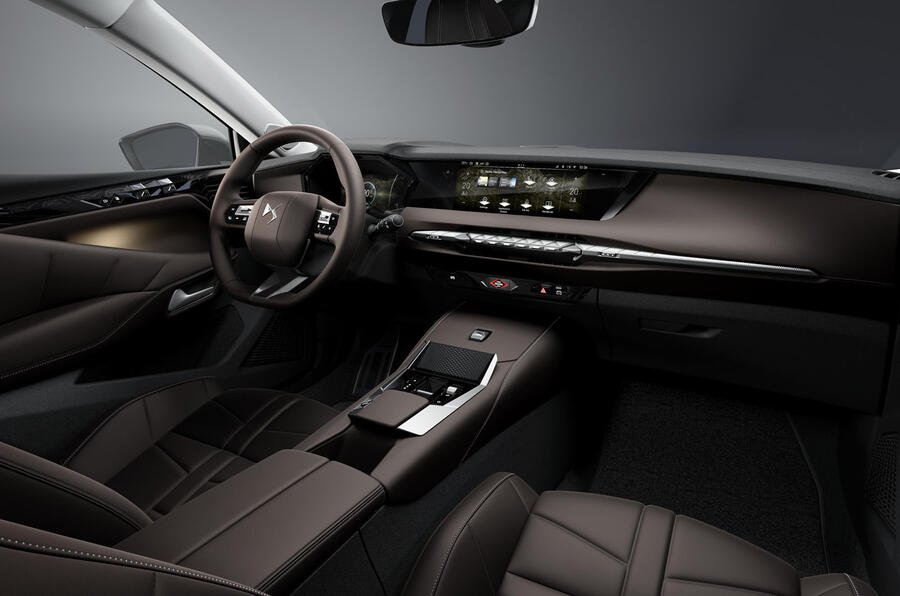
Porsche and Mercedes-AMG Unleash Next-Gen Track Titans in the Race for Nürburgring Supremacy
 German pair's new turbo-powered track weapons are set to fight it out for the Nürburgring crown
German pair's new turbo-powered track weapons are set to fight it out for the Nürburgring crown
Porsche and Mercedes-AMG are going to battle it out for the Nürburgring crown with a pair of track-honed, turbo-powered sports cars both created with one thing in mind: to claim lap records.
From Stuttgart comes the third iteration of the GT2 RS, the model that has always marked the outer edge of the 911’s performance capabilities – and insiders have told Autocar that the new one looks like it will raise the bar once again.
Affalterbach’s fighter comes in the form of a successor to the GT Black Series of 2022. Based on the current AMG GT that was launched in 2023, the newest variant will be previewed by the Concept AMG GT Track Sport that is expected to be revealed at September’s Munich motor show.
PORSCHE TO PUSH 911 EVEN FURTHER
The most extreme road-going Porsche 911 yet is edging closer to production. Due to be unveiled this year before production starts in 2026, this is the third iteration of the nameplate since the first GT2 RS arrived in 2010.
Prototypes feature aggressive new bodywork, including a drastically widened rear wing that gives it a race car-like stance that is more dramatic than that of earlier incarnations.

Power for the GT2 RS will come from a new hybrid drivetrain derived from Porsche’s Le Mans cars. Compared with the 691bhp Mk2 version, this will give the new GT2 RS a performance lift that will be vital for setting a lap record on the Nordschleife.
The drivetrain will be centred around the 3.6-litre flat-six engine of the GTS T-Hybrid, the most powerful 911 on sale today, but it will be pushed further.
In that car, the engine is supplemented by a single electronic turbo and a gearbox-mounted motor to deliver 534bhp and 450lb ft. The GT2 RS will add a second electronic turbo and a more powerful electric motor to target a combined output of at least 750bhp. One insider has suggested to Autocar that more than 800bhp is possible.

Power will be sent exclusively to the rear wheels through an eight-speed dual-clutch automatic gearbox. Torque is expected to exceed comfortably the 590lb ft of today’s 911 Turbo S.
Given the new architecture, it will be heavier than the previous 1470kg GT2 RS. Sources suggest a gain of around 60kg is likely, even with extensive use of carbonfibre, a reduction in sound insulation, the fitment of Perspex windows and the use of other lightweight trim elements.
The aerodynamic package is set to be even more dramatic than that of today’s 911 GT3 RS.
At the centre of that is a more aggressive active rear wing that will build on the naturally aspirated sibling’s 860kg of downforce at 177mph. It will also offer DRS-style rear wing stalling.
To increase downforce further, the new GT2 RS will also sport a lower front diffuser and a host of air channels, the latter for improved stability at high speeds and inspired by Porsche’s racing efforts.
The ball-jointed suspension will build on the current GT3 RS’s adjustable architecture and is likely to retain the eight-way adjustability of bump, rebound, diff lock and traction settings. Expect reworked calibration, broader track widths, stiffer anti-roll bars and a recalibrated rear-wheel steering system. Braking will be via carbon-ceramic discs as standard.
While we've yet to see the cabin of the new GT2 RS, it will likely shift to the digital cockpit introduced in other newly facelifted 911 models, with options for roll cages, racing harnesses and CFRP-backed bucket seats. Porsche is also expected to continue to offer the Weissach package as part of its track-focused configuration options.
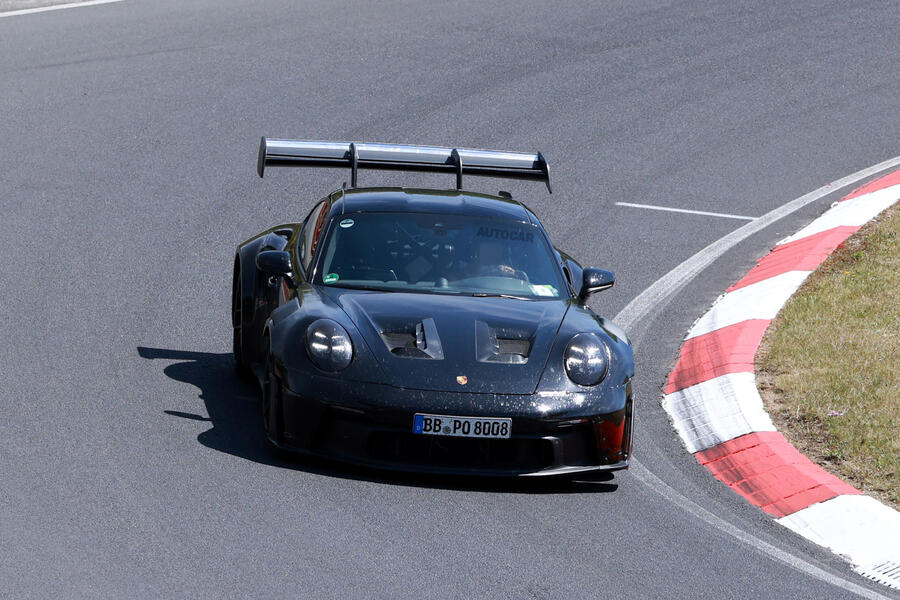
Historically, the GT2 RS has served as the final evolution of each of 911’s model generations and the pinnacle of the nameplate’s performance.
To hit the feats required by Porsche, the new GT2 RS will need to beat the Mercedes-AMG One’s 6min 29.09sec Nordschleife record. That means shaving almost 10 seconds off the previous GT2 RS’s best time.
That’s a massive leap in performance, requiring not only substantial gains in power and traction but also aerodynamics and chassis refinement. It also underscores just how serious Porsche’s engineers are about extracting the full potential out of its longest-running production model.
While pricing has yet to be confirmed, the new 911 GT2 RS is expected to exceed the £200,000 base of its predecessor. Porsche has already committed to continuing “low-volume, high-emotion” models as part of the 911 line-up, with production set to be very limited.
Before it arrives, however, Porsche plans to roll out hybrid versions of the 911 Turbo and Turbo S, which will serve as the technical forerunners for the 911 GT2 RS.
BLACK SERIES TO RETURN?
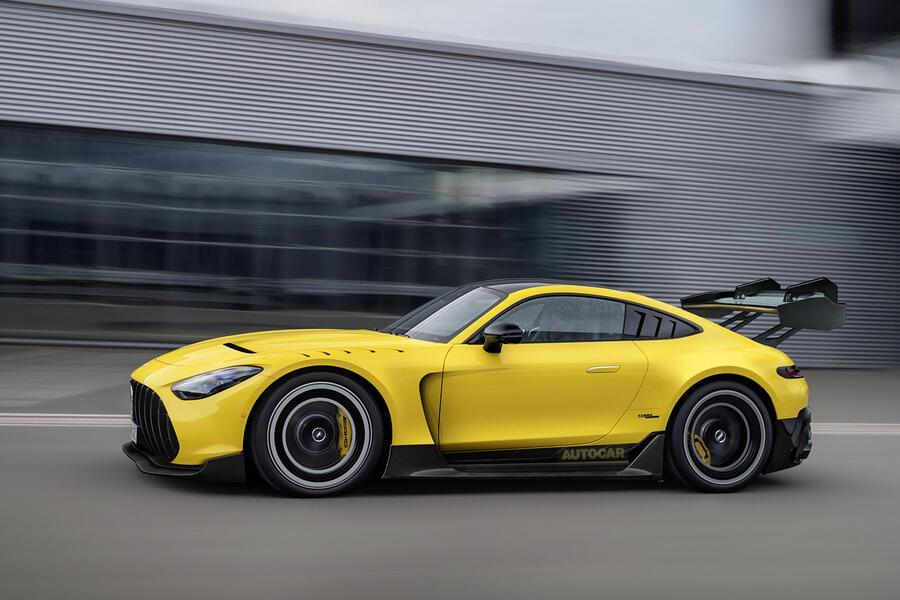
Up against the new Porsche 911 GT2 RS will be Mercedes-AMG’s own track-honed lap-time chaser, which will be powered by a potent turbocharged V8.
The new challenger will be previewed by the Concept AMG GT Track Sport. Also likely to be revealed at the Munich motor show in September, the concept is based on the second-generation AMG GT coupé that was launched in 2023.
In its brief announcement, AMG didn’t provide any technical details of the new concept but confirmed it previewed an “expansion of the GT series” that would be powered by a V8.
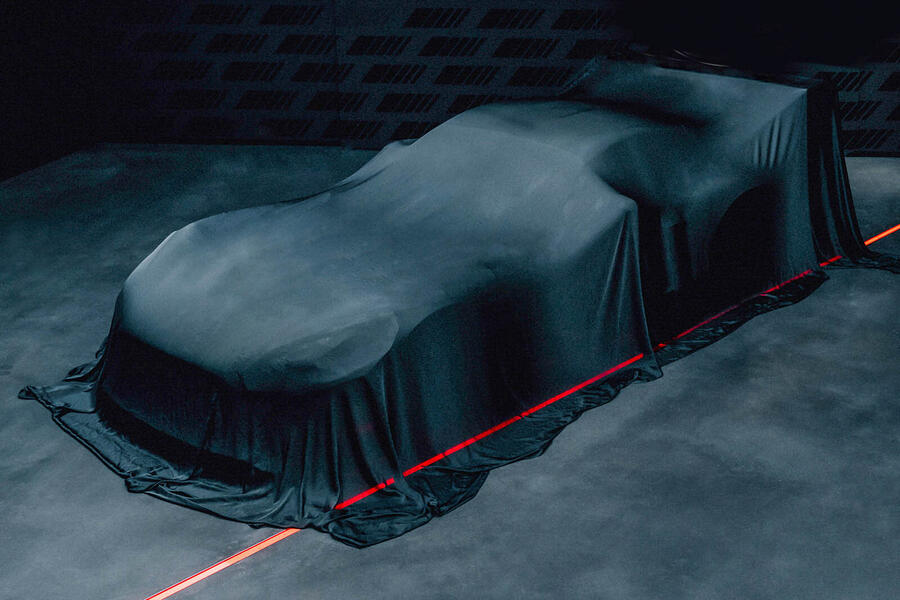
The production version of the concept will serve as the new flagship GT model and is likely to be seen as the successor to the AMG GT Black Series of 2022. AMG has said the new car will be designed to achieve lap records. The 2022 GT Black Series produced 730bhp from a highly modified version of AMG’s twin-turbocharged 4.0-litre V8.
That car’s engine is the most powerful series-production V8 the German firm has made, but the showroom version of the new concept is expected to push beyond that output with its own V8. The most powerful variant of the second-generation GT range at present is the 603bhp track-focused Pro.
The preview images of the new concept reveal its track-bred pedigree. It has a huge, GT3 racing-inspired rear wing, a chunky front diffuser and wide front and rear tracks.
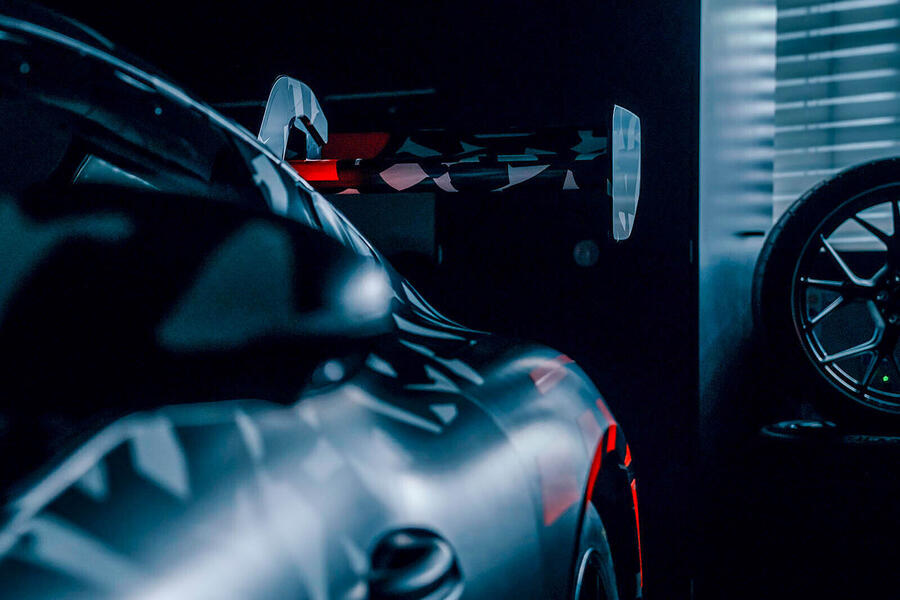
The news that it will be powered by a V8 also confirms AMG isn’t yet done with combustion power, despite work being well under way on the creation of the first electric AMG GT, due for launch in 2027 and previewed by the recent 1341bhp Concept GT.
Kia EV2 GT Promises Big Thrills in a Compact Electric Package
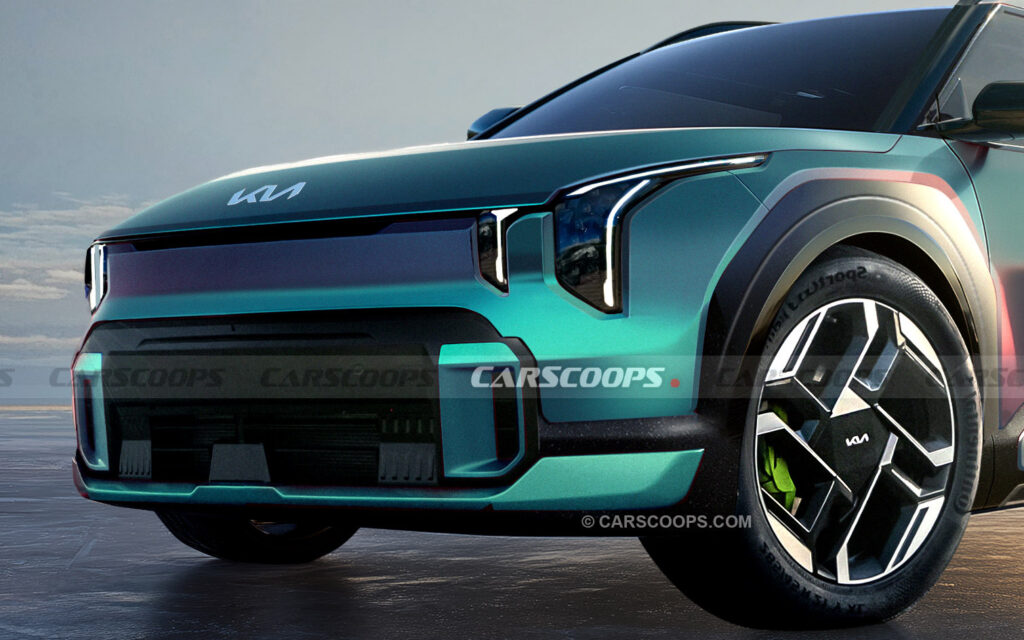
Grandfather’s Stand Leaves Home Trapped in Highway After Rejected Buyout

Retro Corolla Reborn as 300HP AWD Rally Sleeper with Modern GR Power
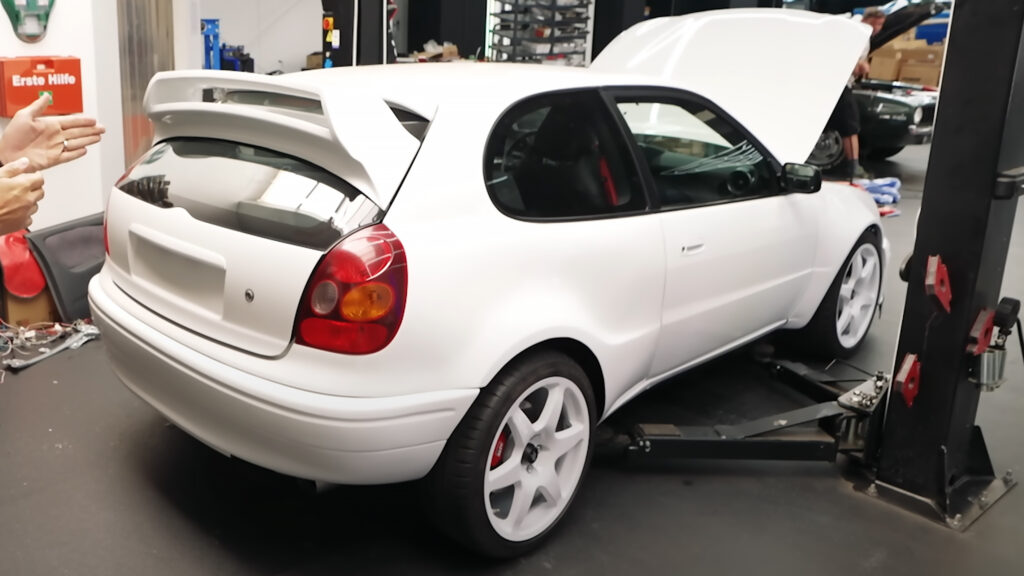
Corvette E-Ray Prices Plunge, Making High-Performance Luxury More Attainable Than Ever
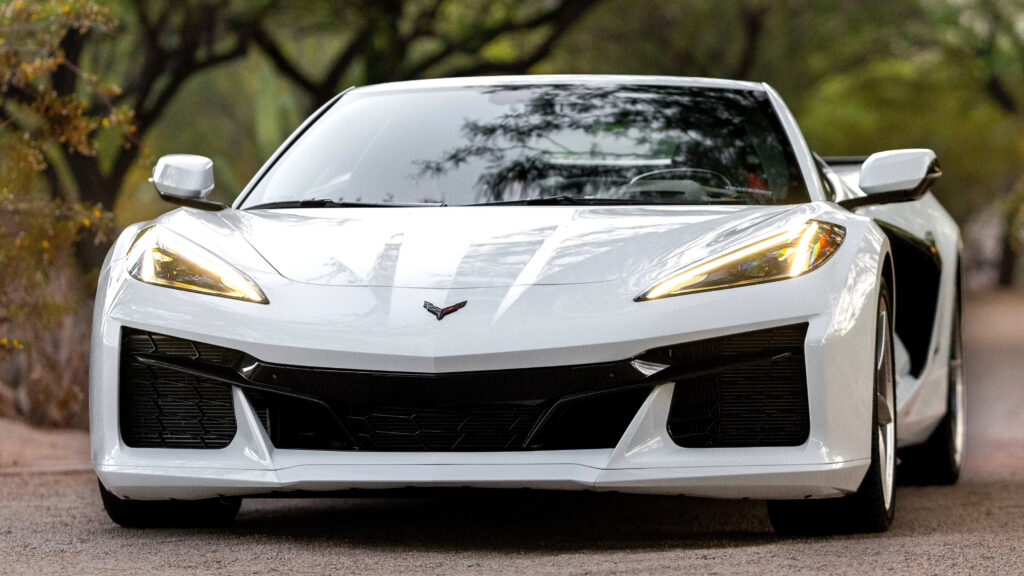
EV Range Reality Check: Independent Tests Reveal Which Electric Cars Overpromise and Underdeliver
